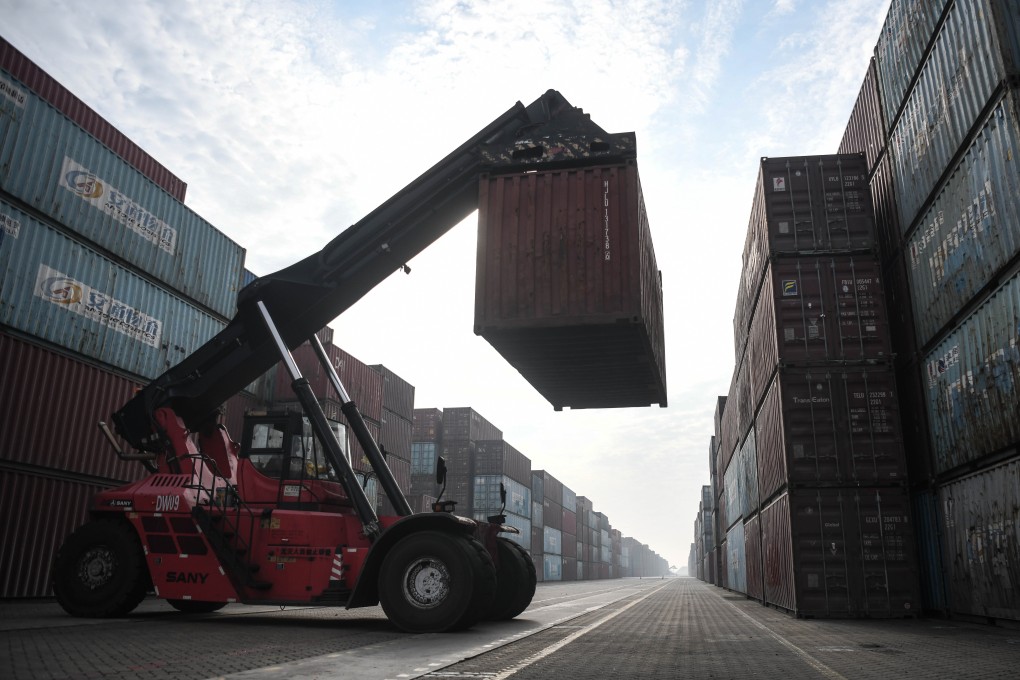Covid-19 pandemic’s ‘butterfly effect’ on shipping containers reveals the need to prioritise supply resilience over efficiency
- The wide-ranging impact of the pandemic continues to unfold, not least in stranded containers and a disrupted supply chain
- When even the smallest changes can cause big effects, we need to pay more practical attention to the resilience and security of critical supplies

Today’s is a story of instability, unpredictability, of “black swans” and serendipity (my favourite word). It is about how small changes can have big effects, and the need to give more thought to resilience over efficiency.
The risk was clear. Most risk managers knew that steps needed to be taken to ensure resilience. But, in the day-to-day tussle between efficiency and profit maximisation on the one hand, and risk mitigation and resilience on the other, it was always clear which motivated us most.

01:59
Worldwide coronavirus death toll nears 2 million
Pared to its minimum, Lorenz’s idea was that small events can have a surprisingly large “non-linear” impact on complex systems. And that the tiniest variation in influences can tremendously change outcomes.
